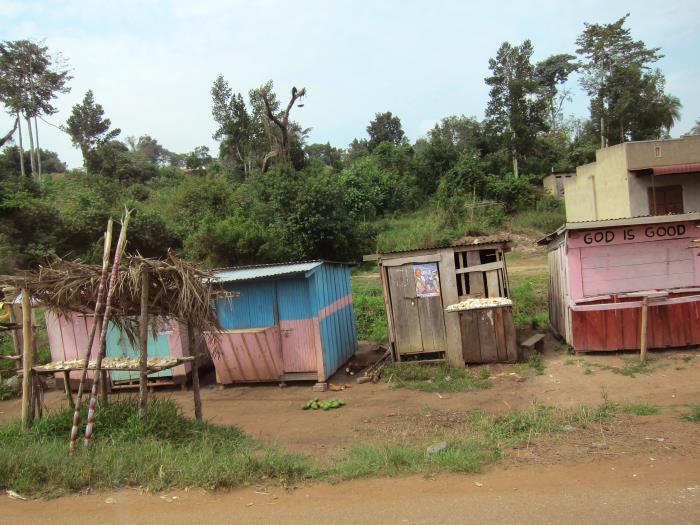Combination HIV interventions decrease incidence, increase coverage in hyperendemic Ugandan regions
Combination HIV interventions in HIV-hyperendemic fishing communities in Uganda resulted in increased testing, male circumcision and ART coverage, as well as increased population HIV viral load suppression, according to findings from a prospective cohort study published in The Lancet HIV.
“Decreases in HIV incidence with combination HIV intervention scale-up have been reported in some lowerrisk populations, but to our knowledge this is the first report of prospectively observed declines in overall HIV incidence with rapid scale-up of combination HIV interventions in HIV-hyperendemic communities,” Joseph Kagaayi, MBChB, director of the Institute of Public Health at Makerere University in Kampala, Uganda, and colleagues wrote.
HIV-hyperendemic geographical areas have specific social-behavioral, demographic and structural characteristics — including high levels of mobility, transactional sex and large proportions of men — that may hinder interventions.
The researchers conducted a prospective cohort study from 2011 to 2017 to determine the effect of combination HIV interventions on HIV incidence and evaluate trends in coverage of combination HIV interventions. They administered five surveys to collect self-reported demographic, behavioral and service-uptake data from patients aged 15 to 49 years who lived in four HIV-hyperendemic fishing communities in Uganda. They provided free HIV testing at each interview and offered referrals to combination HIV intervention services when appropriate. implemented Interventions that included establishing a new community-based HIV clinic in the largest of the four fishing communities, providing male circumcision through mobile camps and initiating ART in these communities.

A total of 8,942 patients contributed data, of 52% were . The researchers reported an HIV prevalence of 41% in the 2011-2012 baseline survey, which declined to 37% at the final survey in 2016-2017 (< .0001). From the first to the last survey, HIV testing coverage increased from 68% to 96%. Male circumcision coverage increased from 35% to 65% and ART coverage increased from 16% to 82%. They noted that population HIV viral load suppression in all HIV-positive patients increased from 34% to 80%. However, risky sexual behaviors did not decrease over the study period.
According to Kagaayi and colleagues, HIV incidence decreased from 3.43 per 100 person-years (95% CI, 2.45-4.67) at the first survey to 1.59 per 100 person-years (95% CI, 1.19-2.07) at the final survey for an adjusted incidence rate ratio (IRR) of 0.52 (95% CI, 0.34-0.79). They noted that declines in incidence were similar for men (IRR = 0.53; 95% CI, 0.3-0.93) and women (IRR = 0.51; 95% CI, 0.27-0.96). Circumcised men had a lower risk of incident HIV infection than uncircumcised men (IRR = 0.46; 95% CI, 0.32-0.67).
“Despite surpassing 90-90-90 goals and almost reaching 95-95-95 goals of around 86% population viral suppression, HIV incidence in the Ugandan fishing communities remained 15times higher than the suggested incidence required for HIV epidemic control (ie, 0.1 per 100 person-years) from previous modeling studies,” the researchers wrote. – by Joe Gramigna
Disclosures: The authors report no relevant financial disclosures.
